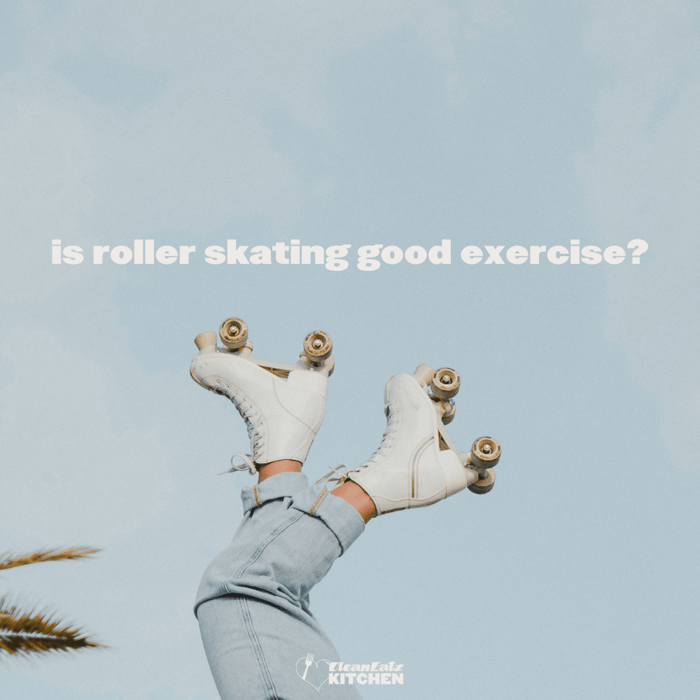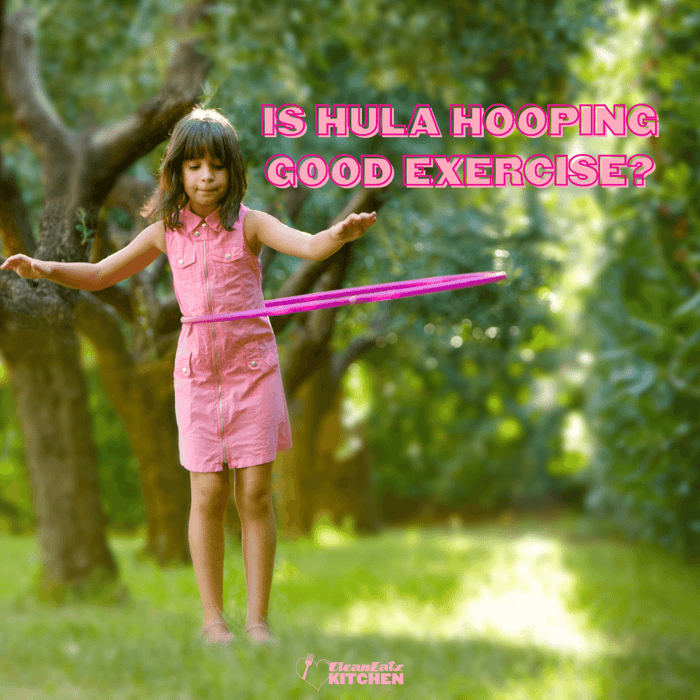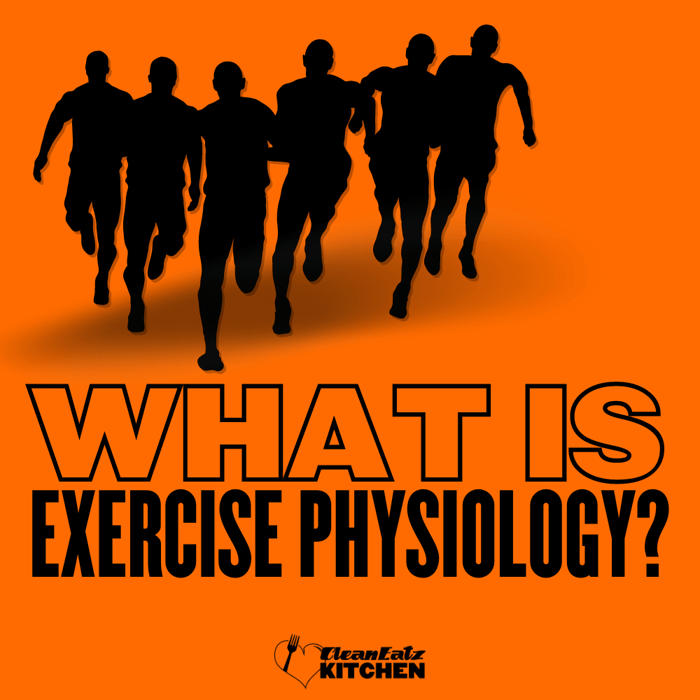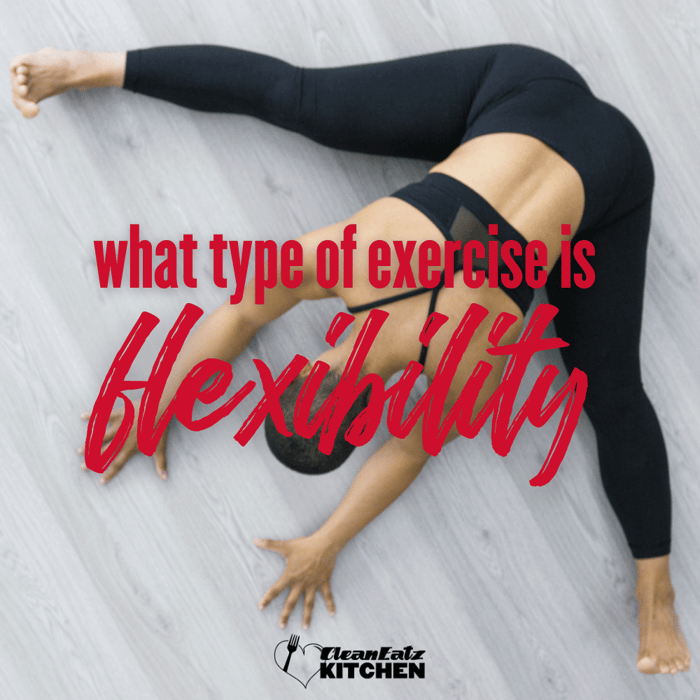Last updated: September 15, 2025
Is Roller Skating Good Exercise? Benefits, Calories & Beginner Workouts
Quick answer: Yes. Roller skating is low-impact cardio that builds glutes, quads, hamstrings, calves, and core while improving balance and coordination. Depending on pace, it can be a moderate to vigorous workout that supports weight management and joint-friendly fitness. Start with short sessions, wear protective gear, and progress your speed, distance, and skills.
Why Skating Is a Great Workout
- Cardio fitness: Sustained skating raises heart rate similarly to brisk cycling or the elliptical.
- Low impact: Smooth gliding is easier on joints than running—great if you want cardio without pounding.
- Strength & stability: Constant single-leg loading trains glutes, quads, calves and the core for balance.
- Coordination & agility: Edging, turning, and stopping build athletic footwork.
- Mood boost: Rhythmic movement outdoors or to music often delivers an “exercise high” (see what that is).
Muscles Worked
- Glutes (max/med/min) for hip extension and stabilization.
- Quads & hamstrings for knee flex/extend during push and glide.
- Calves for ankle stability and edging.
- Adductors/abductors for push-off and controlling knee valgus.
- Core (deep abdominals/obliques) to resist rotation and keep posture tall.
Calories Burned (By Weight & Intensity)
Estimates for 30 minutes. Actual burn varies with speed, surface, wind, hills, and skill. Use our Calorie Calculator to set daily targets.
| Body weight | Moderate pace | Vigorous pace |
|---|---|---|
| 125 lb | ~210 kcal | ~295 kcal |
| 150 lb | ~250 kcal | ~350 kcal |
| 175 lb | ~290 kcal | ~405 kcal |
| 200 lb | ~335 kcal | ~470 kcal |
Intensity cues: Moderate = steady conversation possible; Vigorous = breathing heavy, short sentences.
Beginner Technique: Stance, Turns & Stops
Ready stance
- Feet hip-width, knees softly bent, chest tall, eyes forward.
- Weight over mid-foot (not heels), core braced, hands relaxed.
Start & glide
- Push gently to the side with one foot; the other glides forward. Alternate pushes, keep knees bent.
- Short, quick pushes > long over-strides for stability.
Turning
- Look where you want to go; shift weight slightly to the inside edge; keep knees tracking over toes.
Stopping (learn these early)
- Heel brake (inline): extend the braking skate forward, press heel brake gradually.
- Plow stop (quads/inline): widen stance, toes slightly in, apply even edge pressure.
- T-stop: place back skate perpendicular lightly on the inside wheel edges; increase friction slowly.
Workouts You Can Start Today
Warm up 5 minutes easy; cool down 5 minutes and stretch calves/hip flexors. Hydrate—see our electrolyte guide.
20-Minute Beginner
- 5 min easy glide
- 10 min steady moderate pace
- 5 min easy + 3–4 practice stops
30-Minute Fat-Loss Intervals
- 5 min easy
- 6 × (2 min brisk / 1 min easy)
- 5 min easy
45-Minute Endurance
- 10 min easy → moderate
- 25 min steady moderate
- 10 min easy
Skills Day (10–20 min add-on)
- Drills: slalom cones, tight turns, stop variety (heel, plow, T-stop)
Pair skating with 2–3 strength sessions/week (squats, hip thrusts, dead bugs, side planks). See Crunches: form & tips and Abs timelines & plan.
Safety & Gear Checklist
- Helmet, wrist guards, knee/elbow pads—new skaters fall forward; protect wrists.
- Fit matters: snug boots with supportive ankles; wheels/bearings appropriate for outdoor vs rink surfaces.
- Surfaces: choose smooth, debris-free paths; avoid traffic; follow local rules; skate daytime or wear lights/reflective gear.
- Hydration: carry water; use a light electrolyte on hot/training days.
- Progression: increase time or speed by ~10–15% per week to limit overuse niggles.
- If knees ache: keep knees soft (not locked), shorten stride, check wheel hardness and boot support.
Skating vs. Other Cardio
| Activity | Impact | Skill demand | Calorie potential* |
|---|---|---|---|
| Roller skating | Low | Moderate (technique & balance) | Moderate–high |
| Elliptical | Low | Low | Moderate–high |
| Running | High | Low | High |
| Cycling | Low | Low–moderate | Moderate–high |
| Walking (brisk) | Low | Low | Low–moderate |
*Depends on pace, terrain, and duration.
Related Reading
- Calorie Calculator: Find Your Daily Needs
- Is the Elliptical Good for Weight Loss?
- What Are Crunches? Form, Variations & Tips
- How Long Does It Take to Notice Weight Loss?
- What Is an Exercise High?
- Should I Exercise on an Empty Stomach?
- Electrolytes: Best Water Supplements
FAQs
Is roller skating good for weight loss?
It can be—especially if you skate consistently 2–5 days/week, keep a moderate-to-brisk pace, and pair it with a small calorie deficit. Use the Calorie Calculator to set targets.
How many calories does skating burn?
Roughly ~250–350 kcal in 30 minutes for a 150-lb person, depending on pace (see table). Your numbers vary with speed, hills, wind, and skill.
Is it low impact on knees?
Yes—gliding reduces impact compared with running. Keep knees slightly bent, stride short, and build gradually; if pain persists, consult a clinician.
Rollerblades vs regular skates—what’s better?
Inline skates (rollerblades) often feel more stable at speed and for outdoor paths; quad skates are popular for dance/rink style. Both can be great exercise—choose what you’ll use.
How often should I skate?
Start with 2–3×/week, 20–30 minutes, and progress toward 150–300 minutes of moderate activity per week across all exercise—skating can cover a big chunk.
What gear do I really need?
Helmet and wrist guards are must-haves for beginners; knee/elbow pads are highly recommended. Choose wheels for your surface (softer outdoors, harder indoors).
Disclaimer: This article is general information and not medical advice. If you have medical conditions or injuries, work with your clinician before starting a new program.
References
- CDC Physical Activity Guidelines (adults)
- American Heart Association: Fitness Basics
- USDA FoodData Central (for fueling & hydration context)




